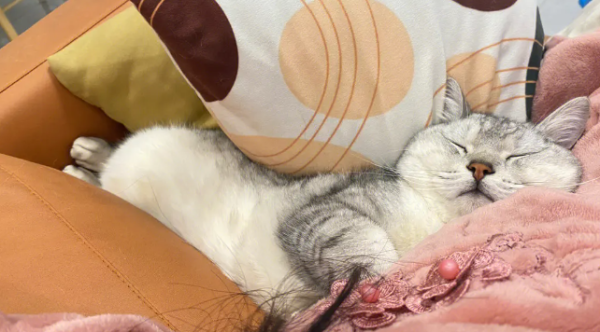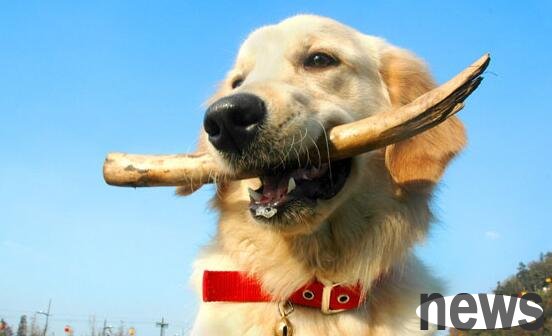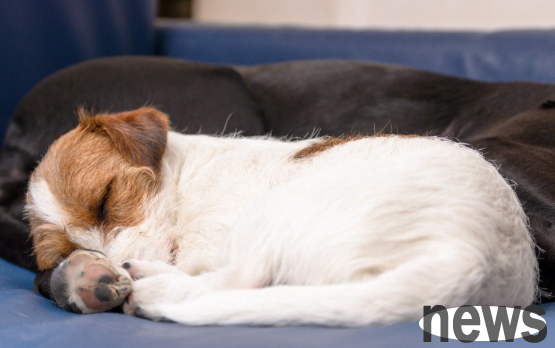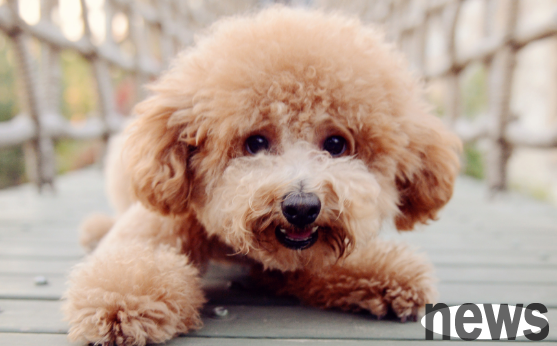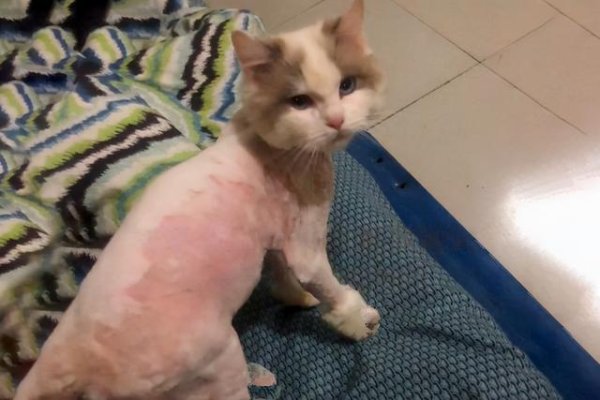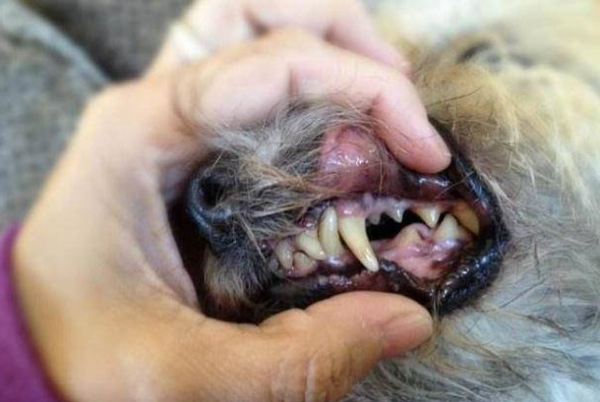Why do dogs suffer from periodontitis? How to treat periodontitis in dogs?
Periodontitis in dogs is an acute or chronic inflammatory process involving periodontal margin, periodonal pocket, periodonal ligament and alveolar bone.
1. Causes of canine periodontitis:
1. Fungal factors:
Candida albicans, bacteria dermatitis, capsular histoplasma, etc.
2. Bacterial factors:
Clostridium and spirochetes, which are part of the normal oral microbial system, can lead to necrotic ulcerative gingivitis, stomatitis, leptospira leptospira, and hemorrhagic jaundice, and can also cause oral infections in dogs.
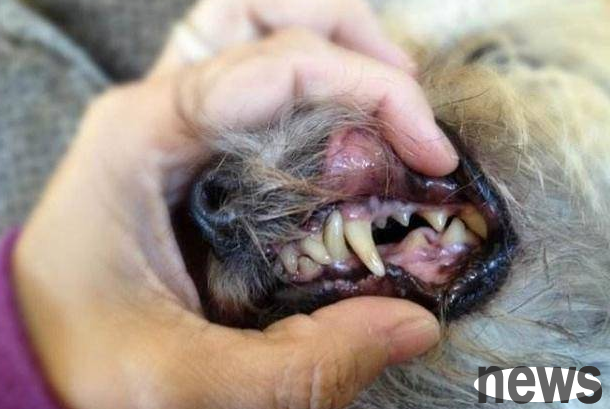
3. Physical factors:
Dogs accidentally eat wood chips, iron wire, fish hooks, burrs, sewing needles and other foreign objects to stab the mouth, causing oral inflammation or ulcers; in addition, accidentally eating heavy metals and irritating drugs, and accidentally biting charged wires can directly cause corrosive inflammation and burn inflammation in the mouth.
4. Immune mediators: Most cases of dogs have oral lesions and often invade the primary morbidity site, spreading from ulcers dispersed from the lip and oral mucosa to the tongue and gingival, forming lesions.
5. Metabolic factors:
1), chronic renal dysfunction (such as diabetes, kidney disease), oral dryness caused by dehydration, causing the disease to become serious.
2), Uremia caused by systemic diseases.
3), hypothyroidism and paraparathyroidism can cause oral mucosal ulcers and periodontal disease.
4), vitamin deficiency can directly lead to oral diseases, especially B vitamin deficiency can aggravate such diseases.
5), chronic gastritis and gastric ulcers can also cause oral diseases.
2. Key points of diagnosis of canine periodontitis:
1. Symptoms are bad breath, salivation, and gingival joints. Swelling, softening, atrophy, exposed roots, loose teeth, and purulent secretions (or purulent secretions flow out of the gingivals) can be seen in the gingivals.
2. Specific symptoms, feeling hungry, want to eat but dare not eat. When the food enters the mouth, it stimulates the inflammatory area and causes pain. The affected dog suddenly howls and escapes. Some people have salivation in the mouth, and some people stretch their tongues out of the mouth, and those who have been in longer will gradually lose weight.
3. When opening the mouth, different degrees of redness, swelling, ulcers or granulation hyperplasia can be seen on the oral mucosa, tongue, soft palate, hard palate and gingivals.
4. Radiological photographs show localized osteolysis of the alveolar, indicating a tooth root apone abscess.
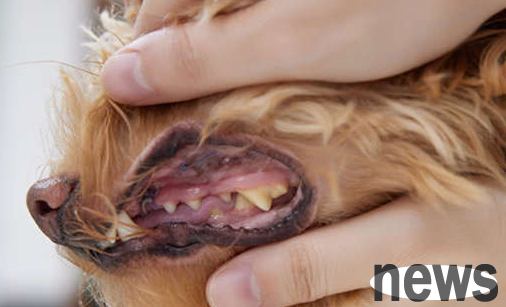
III. Prevention and treatment measures for canine periodontitis:
1. Remove plaque, stones and food residues in dogs under anesthesia. Pay attention to removing plaque and stones from the surface of the root of the tooth edge (i.e., in the peri-tooth pocket).
2. Grind all tooth surfaces as much as possible to prevent plaque and stones from re-aggregating and adhesion.
3. Remove loose teeth. For stubborn periodontitis that has not been cured for a long time, the relevant teeth should be removed. If the gingival is hypertrophy, you can use electric scaling to remove excessive tissue.
4. Apply iodine glycerol after the operation. Antibiotics, B vitamins, niacin, etc. are used throughout the body.
5. Conduct oral and teeth examinations frequently and clean tartar regularly with gauze. Feed solid food, give large bones or big bite gum, etc. to exercise teeth and gums.





